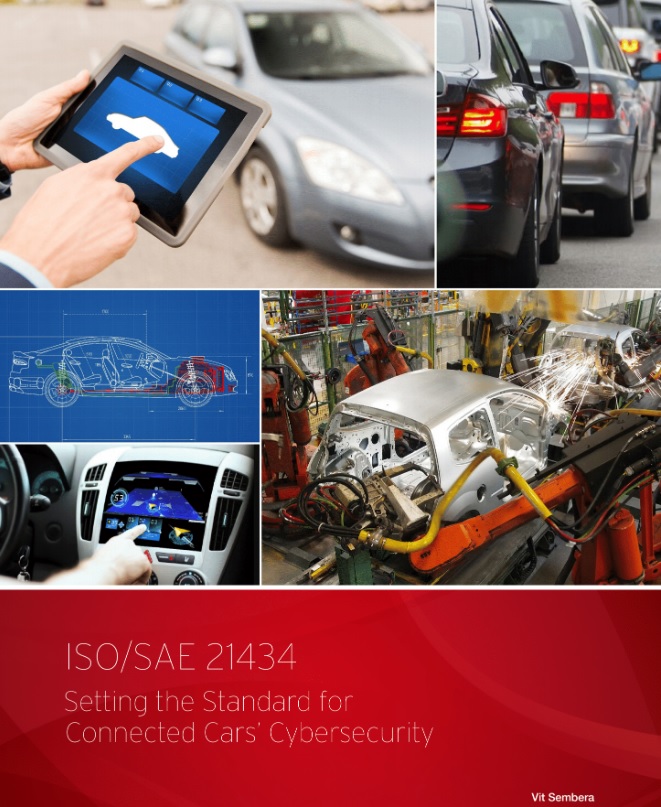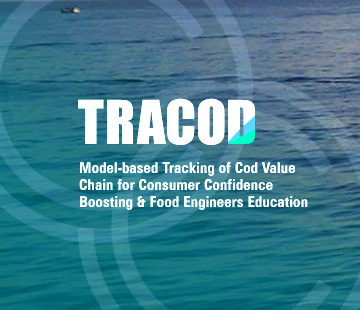
2018-2022
Research Areas: Modeling, Model-Based Systems Engineering (MBSE), Object-Process Methodology OPM ISO 19450, Food Engineering
Funding: Israel Innovation Authority
Researchers: Prof. (Emer.) Dov Dori, Dr. Uri Shani, Dr. Hanan Kohen
Traditional food manufacturing is considered a low-end industry, for which the application of advanced model-based systems engineering (MBSE) methods seems practically unrealistic. MBSE is a must in high-end industries, such as aerospace, defense and automotive. Advancing traditional food production into the automation principles of Industry 4.0 has been among the goals of a consortium of about two dozen food-related companies, technology companies and research bodies in Israel, organized by the Israel Innovation Authority – the Food IoT consortium (https://food-iot.com), a three-year quest to improve the quality of food production in the country. The use of MBSE for that purpose seemed initially too futuristic for the consortium members. Yet, the simple foundation of the OPM ISO 19450 (https://www.iso.org/standard/62274.html), providing both an intuitive modeling language and a methodology, has led manufacturers of all sizes to accept and endorse this approach.
Modeling with OPM has been applied in two major thrusts. One is modeling food production lines for designing their improvement towards automation, process monitoring, and maintenance. The other is the construction of food ontology that can be shared among all manufacturers. An ontology, which OPM enables to present as a model of interconnected concepts, is necessary when data is collected from multiple sources that use different terms and lexicons in order for them to communicate effectively and enable meaningful data collection and analysis.
The production line modeling resulted in several OPM models of different production lines and served as a basis for a generic model of a food manufacturing line that individual production lines can adapt, so a dedicated model can be quickly and reliably constructed. The notion of “example models” has been introduced into the OPM modeling web-based platform, OPCloud (https://www.opcloud.tech/), so it can now support a library of reusable models. Another new feature of OPM and OPCloud is the stereotype (https://doi.org/10.3390/app11052301) – an OPM thing (object or process) that represents an elaborate sub-model. An OPM stereotype can be imported into the model, customized to fit the model specific concepts, and used repeatedly. As part of this project activity, we created “As-Is Models” which represent the current production lines and serve to design the improvement stage of these lines to fit them with IoT sensors.
Indeed, modeling the “Digital Twin” provide a model of what sensors to apply and what data to collect from them to produce a digital reflection of the food production line operation. A major business benefit of this model besides its internal use by the manufacturer has been its use as formal documentation for regulatory purposes, showing the essence of the production line to authorities that need to approve it for food production. Moreover, the collected monitoring data that reflects the manufacturing process can serve as a practical documented evidence that the line operates within it approved limits for any batch it produces, proving that the line operates properly for quality food production. The collected data can serve also for producing big data lakes for analytics, including, for example, preventive maintenance.
The OPM-based food ontology provided the basis for a quality assurance platform at the interface between raw material supply and the manufacturer, specifically for small and medium enterprises (SMEs). At that interface, when raw material is accepted and prepared to produce food, it undergoes a quality assurance process, which is based on the documents accompanying the shipment and on lab tests performed by the accepting manufacturer. Since lab facilities of small manufacturers are limited, collecting lab tests from many producers can be combined to achieve better coverage of the quality tests over raw material supplies that are common to many producers. A proof-of-concept platform, based on OPM-OPCloud, as well as big data and business intelligence (BI) tools, has been constructed to show how faults in raw material quality can be detected at the earliest stage and alert manufacturers of such issues early enough to prevent further costly damages.

2020-2022
Research Areas: Cyber Security, Modeling, Model-Based Systems Engineering (MBSE), Object-Process Methodology OPM ISO 19450
Funding: Israel Prime Minister Office and Technion Hiroshi Fujiwara Cyber Security Research Center
Researchers: Prof. (Emer.) Dov Dori, Dr. Ahmad Jbara, Dr. Hanan Kohen
The Internet of Things (IoT) capitalizes on the Internet to ubiquitously enable information exchange among daily physical objects that are integrated into complex interconnected networks, providing for improved resource utilization and other benefits to humanity. The IoT objects – the “things” – must be able to communicate even in environments where fixed network access infrastructure is weak or nonexistent. As the IoT continues to expand its presence into homes, businesses, national, and global infrastructure, the need for effective security also increases. This is especially true in the area of Internet of Robotic Things (IoRT), where robots and autonomous vehicles must be prevented from doing harm to humans through hacking.
In response to these challenges, the system’s security features must become part of the system’s core functionality within an architecture that can react and evolve in response to the evolving threats. This approach mandates full integration of systems security engineering into systems engineering: System security issues should not be validated as a separate set of add-on activities, but rather as a part of the underlying conceptual model that describes the entire system components through its qualitative and quantitative aspects. For example, the Open Web Application Security Project (OWASP) has established an IoT endeavor that is designed to help manufactures, developers, and consumers to better understand the security issues associated with IoT. OWASP IoT Top 10 project includes a set of common security concerns, from which a collection of IoT vulnerabilities have been derived, such as weak passwords predefined on devices or devices that do not allow account lockout after a few trials to connect. Such vulnerabilities must be considered, and the earlier these issues are addressed, validated, and integrated into the IoT system, the lower the cost of security breach, which is bound to happen at some point during the system lifecycle.
Model-Based Systems Engineering (MBSE) formalizes the systems engineering process by using an evolving formal model as the central artifact and the source of reference and authority throughout the system’s lifecycle. Object-Process Methodology (OPM), ISO 19450, developed at the Technion, is a conceptual and quantitative executable MBSE modeling language and methodology. The application of OPM ranges from simple assemblies of elemental components to complex, multidisciplinary, dynamic socio-technical systems, in which IoT play an increasing role. Our executable OPM cloud-based software environment, OPCloud, provides the modeler with a holistic framework that seamlessly captures any desired system aspect both qualitatively and quantitatively, making it an ideal framework for incorporating a security layer into the overall system model, which can consider other aspects of the system under design and development, such as performance, reliability, resilience, price, and maintainability.
We propose to enhance IoT systems’ security by using OPM for modeling and designing these systems while including the security aspect into the overall system model from the very early stages of concept development through architecting, all the way to detailed design, deployment, maintenance, and retirement. IoT systems combine physical devices, such as sensors and actuators, with physical and informatical processes that control and manipulate them. The OPM framework that OPCloud provides for simulating such devices as objects that accept virtual signals from the environment and react accordingly to fulfill their intended goal, benefitting their intended users.
OPM becomes an even more powerful framework when it comes to its execution module, which provides for simulating not just the software but also the hardware of the real system and the signals it accepts and generates. Signals form the environment include intrusion attempts that the system must be able to detect and cope with to ensure its security. This feature is exactly what a modeler needs to validate processes and devices in an IoT system before actual deployment, saving time and resources. OPCloud can already connect physical devices into the model, so our vision is to build the system with all its virtual objects and processes and validate it using the execution module. Once the system has passed this step, we will gradually replace the virtual objects with corresponding physical devices and continue the simulated system execution until a complete system has been validated, including its required and designed security features that can successfully cope with any kind of cyber-physical treat.

2020-2022
Research Areas: Food Systems Engineering, Food Engineering Education, Fish Authentication
Funding: EIT FOOD, EC
Researchers: Prof. (Emer.) Dov Dori, Prof. Yehudit Dori
TRACOD is an EIT Food project aimed at improving the ability of producers and consumers to track freshness and nutritional values of fresh fish, including cod, salmon, and other white fish species. It uses models implemented in an app for interacting with stakeholders and includes an education component. TRACOD is an EIT Food project aimed at improving the ability of producers and consumers to track freshness and nutritional values of fresh fish, including cod, salmon, and other white fish species. It uses models implemented in an app for interacting with stakeholders and includes an education component.